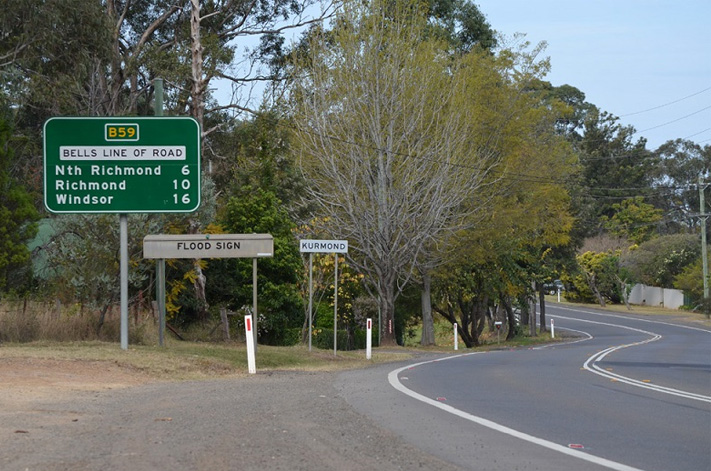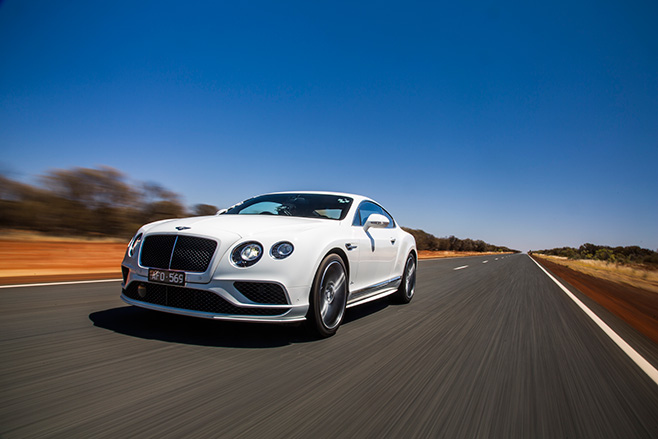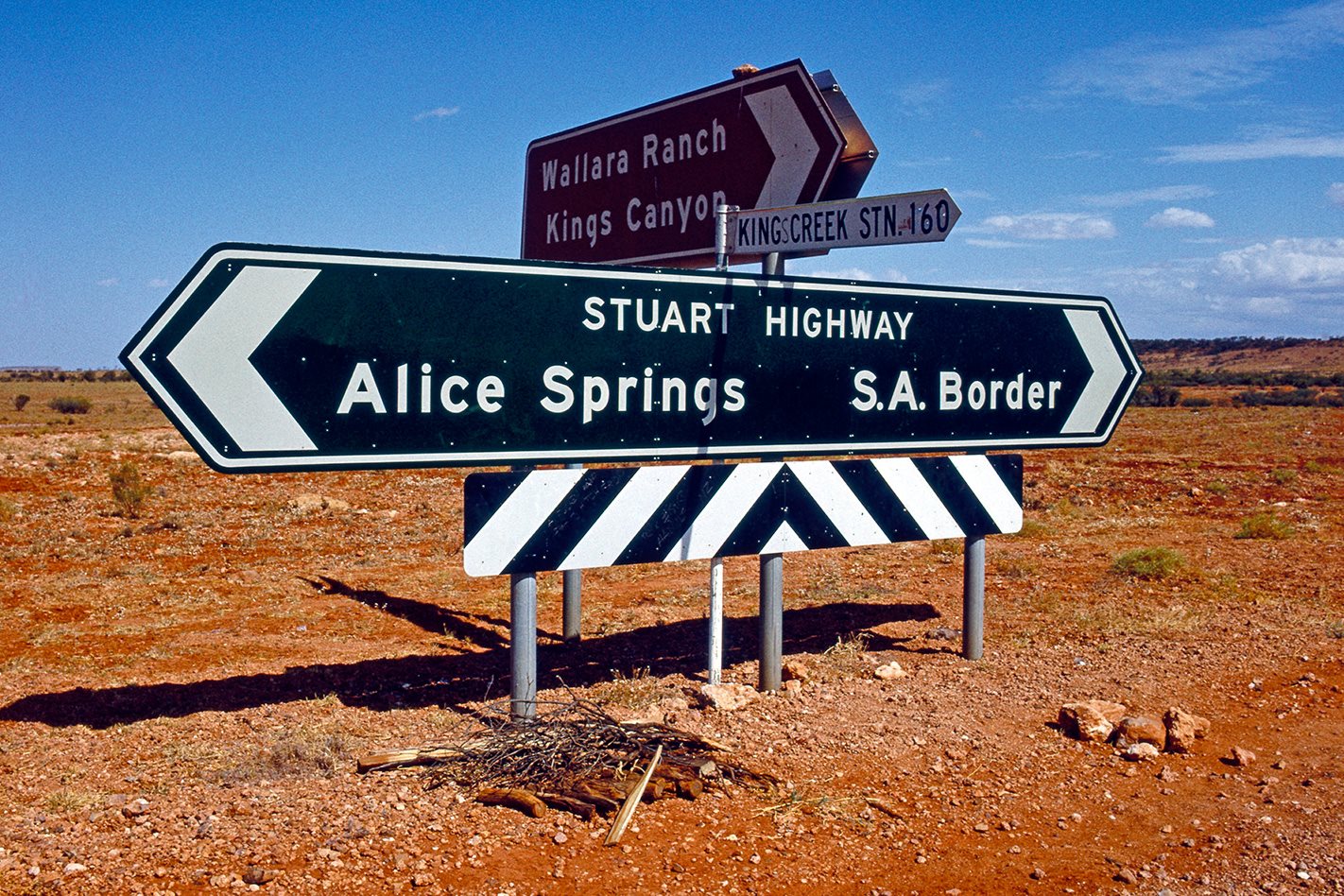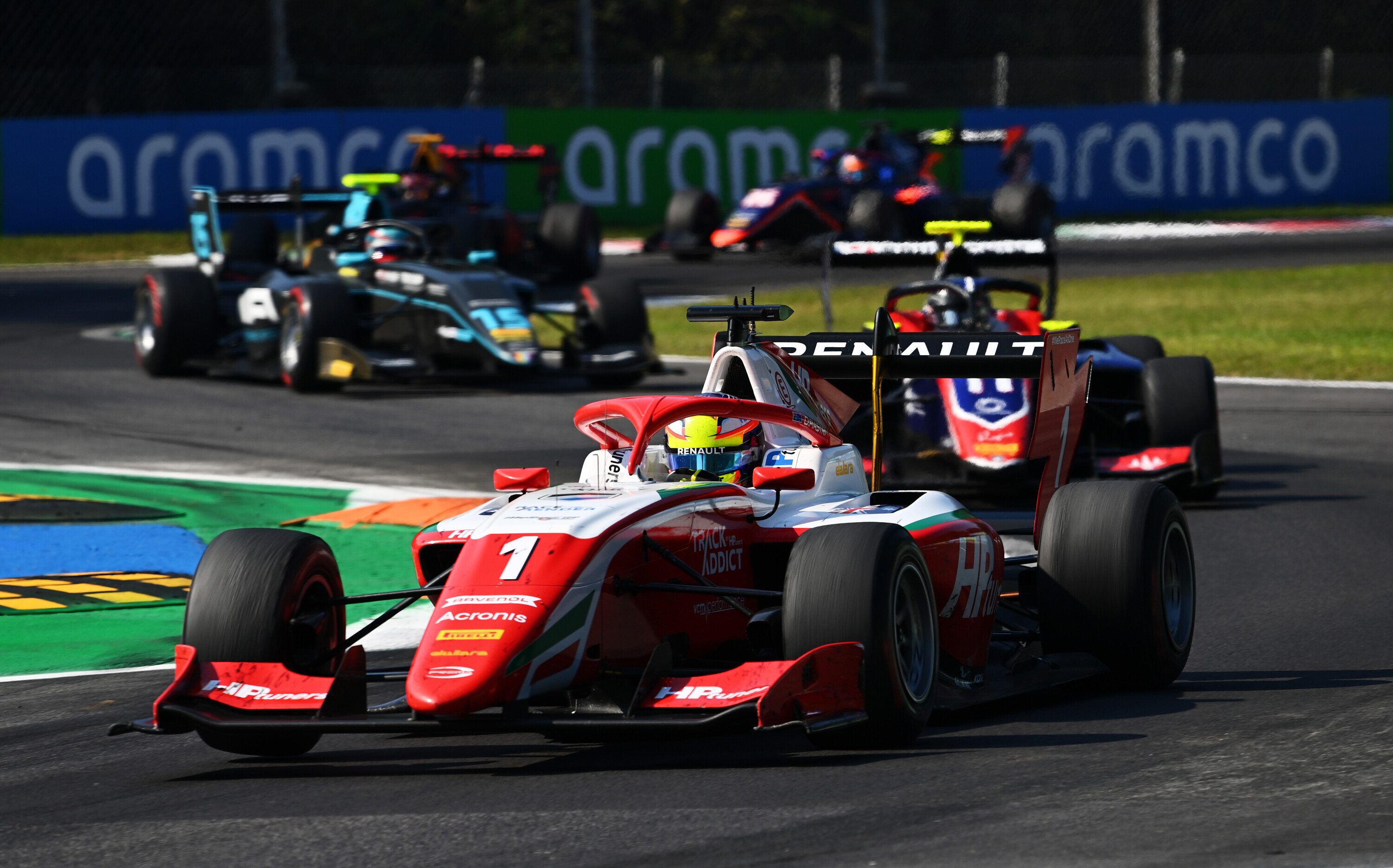UNTIL just over a decade ago, Australia had the unique distinction of being the only country in the world with an undivided highway with open speed limits.
In fact, for most of our country’s history, there were copious roads where the enthusiastic driver could open the taps and enjoy the freedom of travelling without speed limits.
New South Wales, Western Australia, Queensland, the Northern Territory, and yes, even nanny-state Victoria, each had large sections of rural roads and interstate highways without posted speed restrictions.Many of these were prima facie conditions, meaning drivers could still be pinged by police for excessive speed if they didn’t ‘drive to the conditions’.

This led to a false belief that derestriction signs indicated unlimited speed was permitted, with studies from the period showing 85th percentile speeds on unrestricted roads were often in excess of 120km/h. The Bells Line Of Road in the Blue Mountains was famously unrestricted during the early ‘70s.
In 1978, NSW implemented a state-wide maximum rural speed limit of 100km/h, with derestriction signs progressively replaced by signposted limits.

The territory’s unrestricted highways grew to national and international infamy following the 1994 Cannonball Run, which ran down the Stuart Highway and was sponsored by the then Country Liberal Party Government. During the event, a high-speed crash involving a Ferrari F40 killed four people.
Up until 2007, the territory, which includes vast swathes of desert, had no blanket speed limits outside of major towns. In January that year a general rural limit of 110km/h was introduced, while the four major highways were capped at 130km/h.

It was claimed that, at the time, the Northern Territory had the worst road safety stats in the country, with one person killed, and nine seriously injured each week. However, half of all fatal crashes at the time were attributed to drunk driving, with testing showing one in every 42 drivers in the state got behind the wheel under the influence of alcohol. The territory’s highest recorded annual road death toll of 75 fatalities was in 2008, when a 130km/h limit was enforced.
Since the implementation, unrestricted speed limits have become a political football in the territory. The Country Liberal Party continues to campaign on keeping unrestricted sections of highway, while the Australian Labor Party has removed open speed limits twice in the last decade.

In 2012 the CLP won the election, campaigning on a transport policy which promised an evidence-based approach to speed limits. A 12-month de-restriction of a 200km stretch of Stuart Highway began in 2014 and, in a review of the trial, it was revealed there were no recorded fatalities in the derestricted section for the first 11 months.

A 2016 election saw a change of government and by November the 130km/h speed limit was re-introduced.
An online petition asking for the Labor Government to reinstate open speed limits was signed by nearly 2000 people however, it is unlikely the 130km/h signs will be removed while Labor remains in power.







